Staying Fit

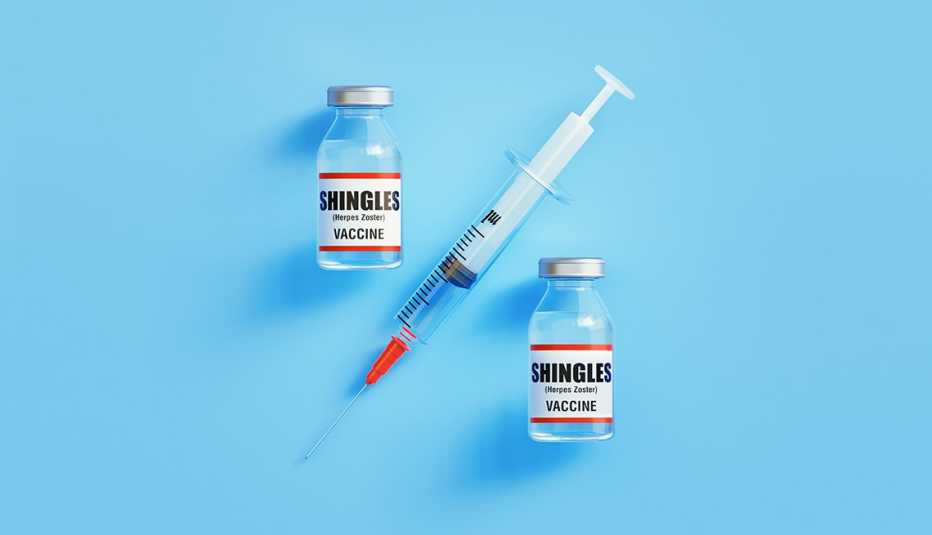
Shingles is sneaky. It’s caused by the same virus as chickenpox — varicella-zoster — which lays dormant for decades in the body, ready to pounce.
“Our body gets it under control, but it never fully goes away and lives in our nerves,” says Ian Neel, M.D., assistant professor and director of geriatric medicine at University of California San Diego Health. “But as we age, our immune system wanes, and it puts us at higher risk of this virus breaking out of its cage and reactivating.”


AARP Membership— $12 for your first year when you sign up for Automatic Renewal
Get instant access to members-only products and hundreds of discounts, a free second membership, and a subscription to AARP the Magazine.
In the U.S., 1 in 3 people will get shingles, usually after age 50, with the risk of complications climbing sharply after age 60. Since the risk rises with age, half of those who live to 85 will experience at least one episode.
Shingles’ most common symptom is an angry, blistering rash. And about 10 to 18 percent of people who develop that rash will also experience a complication known as post-herpetic neuralgia, a condition that affects the nerve fibers and skin, causing burning, and sometimes incapacitating, pain that can last for months (or even years) after the rash disappears.
“Shingles rarely kills you,” says William Schaffner, M.D., a professor of preventive medicine and infectious diseases at the Vanderbilt University Medical Center in Nashville, Tennessee. “But it can make you wish you were dead.”
Enter Shingrix, a vaccine approved by the U.S. Food and Drug Administration (FDA) in 2017. Unlike Zostavax, its predecessor, Shingrix is, in the words of Schaffner, “spectacularly effective.” The numbers support his claim: The two-dose course of Shingrix is 97 percent successful at preventing shingles in people in their 50s and 60s, and 91 percent successful for those in their 70s and older. (That protection stays at over 85 percent in people 70-plus for four years after they get the vaccination.) What’s more, studies suggest the vaccine may also lower the risk of shingles-related strokes in older adults.
Why more adults aren’t getting the super-effective vaccine
Despite such impressive results, only about 35 percent of adults 60 and older reported receiving the shingles vaccine in 2018, according to the Centers for Disease Control and Prevention (CDC). What’s behind the hesitation? A couple of things.
First, says Kristin Christensen, M.D., an internal medicine specialist affiliated with Penn Medicine, in Radnor, Pennsylvania, some of us don’t take shingles as seriously as we should: “People think, If it’s not going to kill me, I don’t need it, without realizing that shingles can be incapacitating, causing severe pain that can really limit people’s functioning.”
What’s more, difficulty in getting the vaccine may have discouraged those who sought it out early on. The company that makes the vaccine couldn’t keep up with the initial demand, resulting in long waiting lists at pharmacies. (It’s more widely available now.)



























































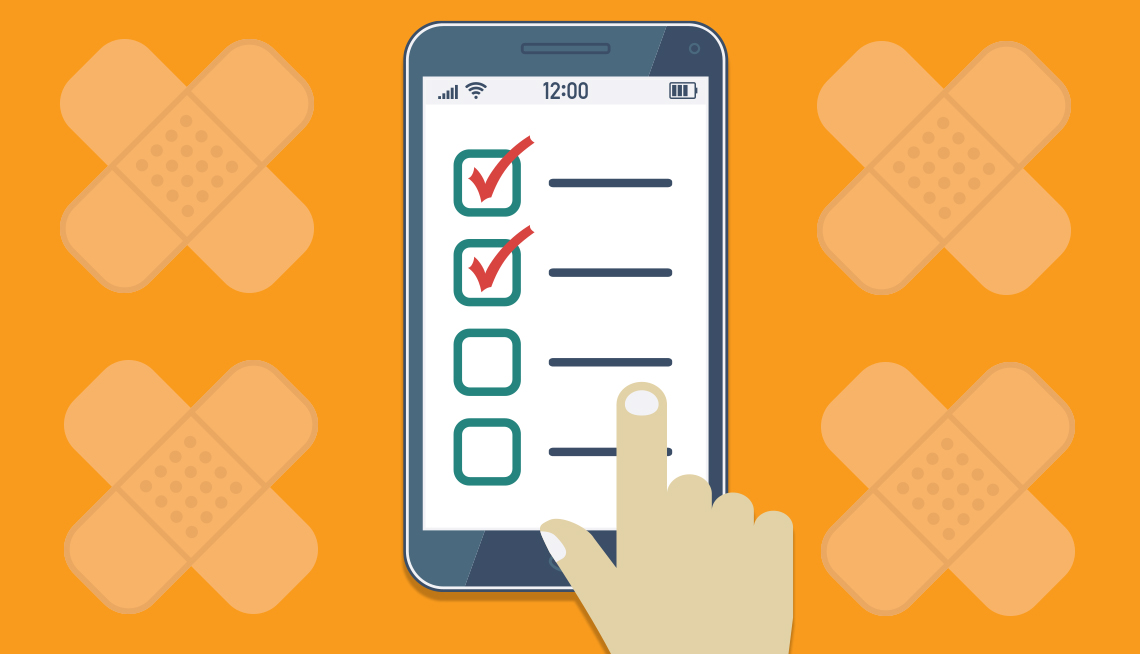
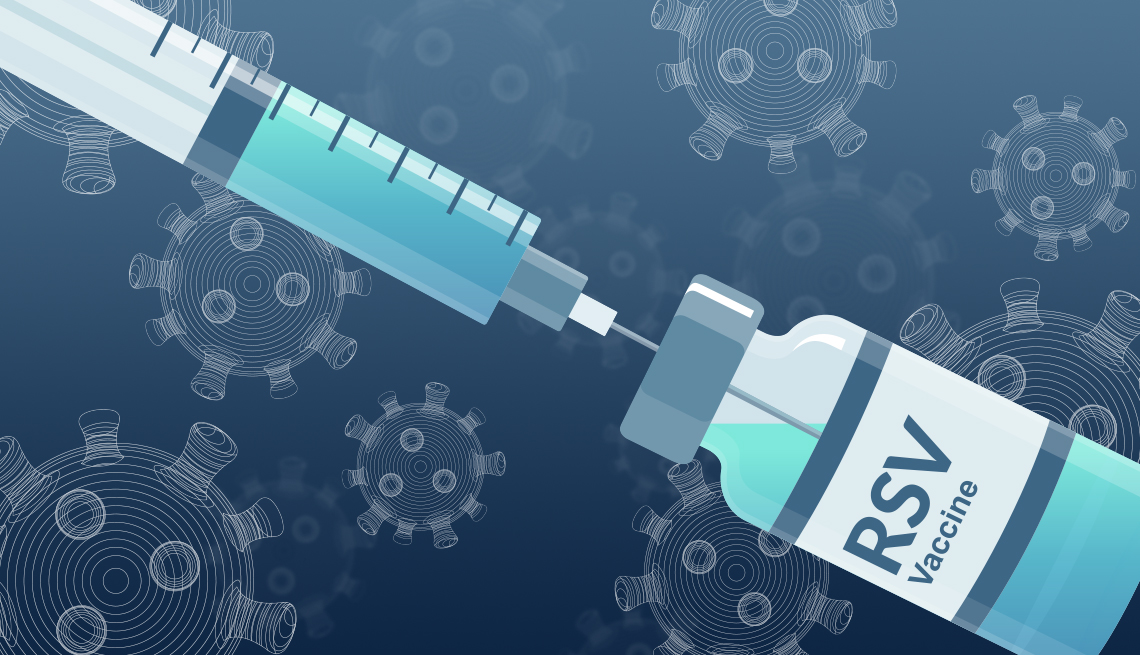

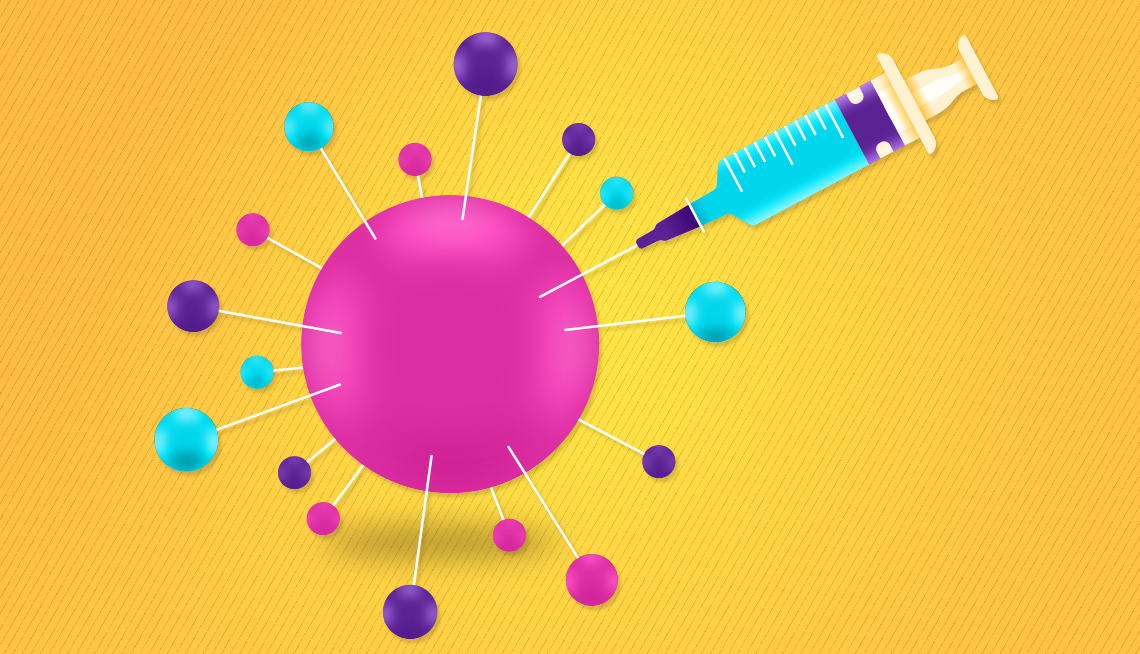
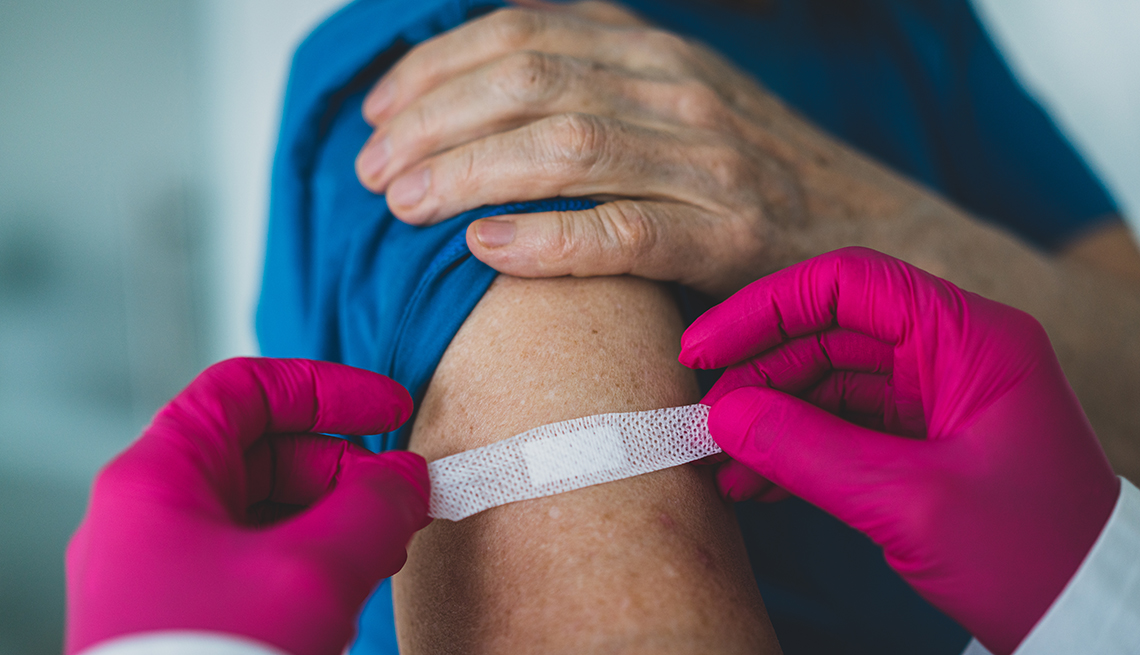
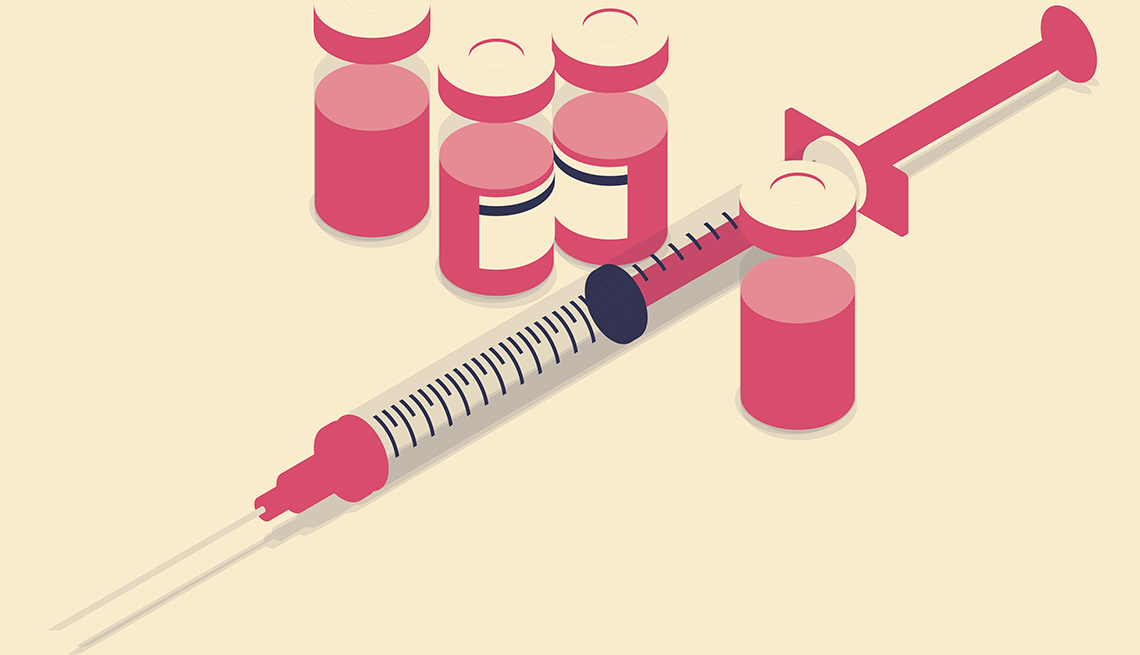

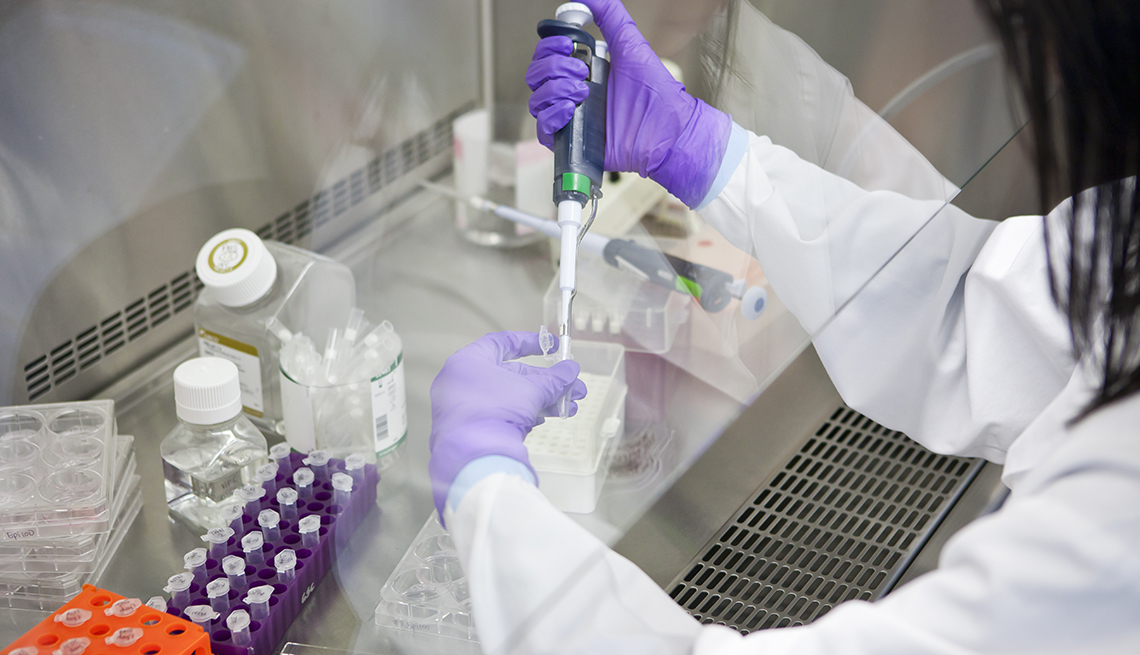
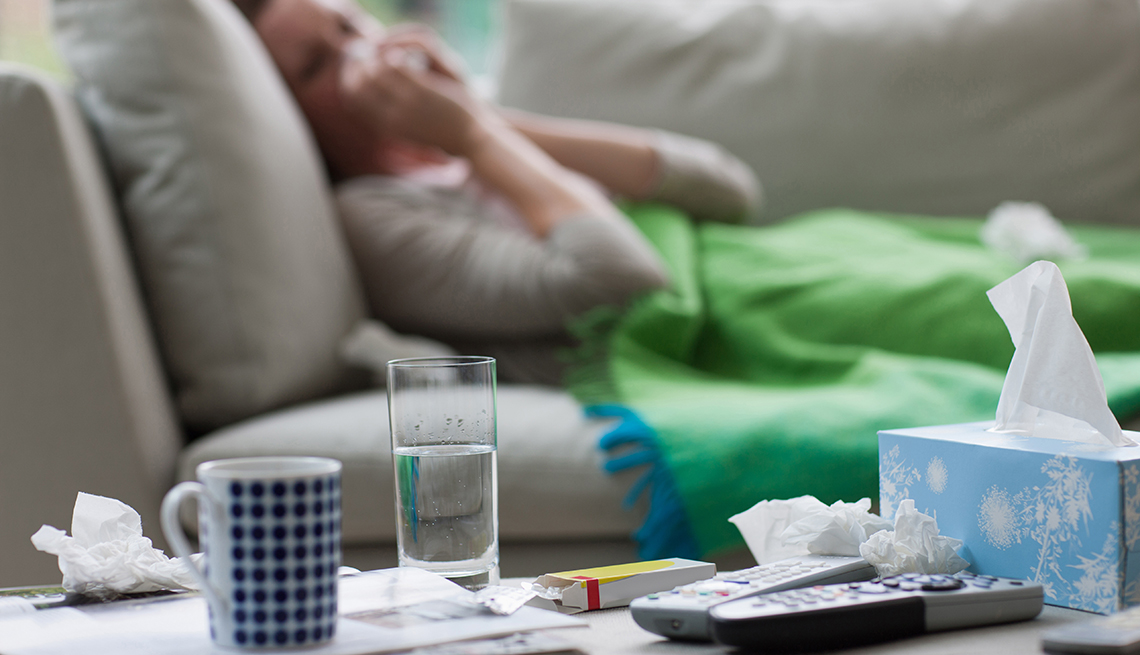
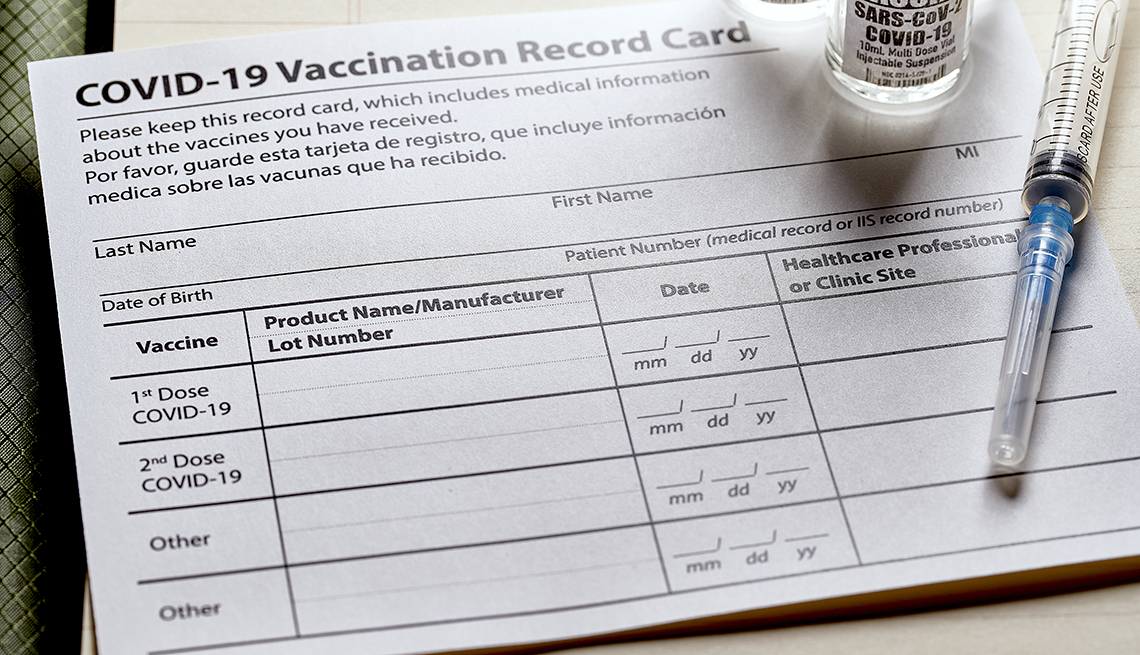
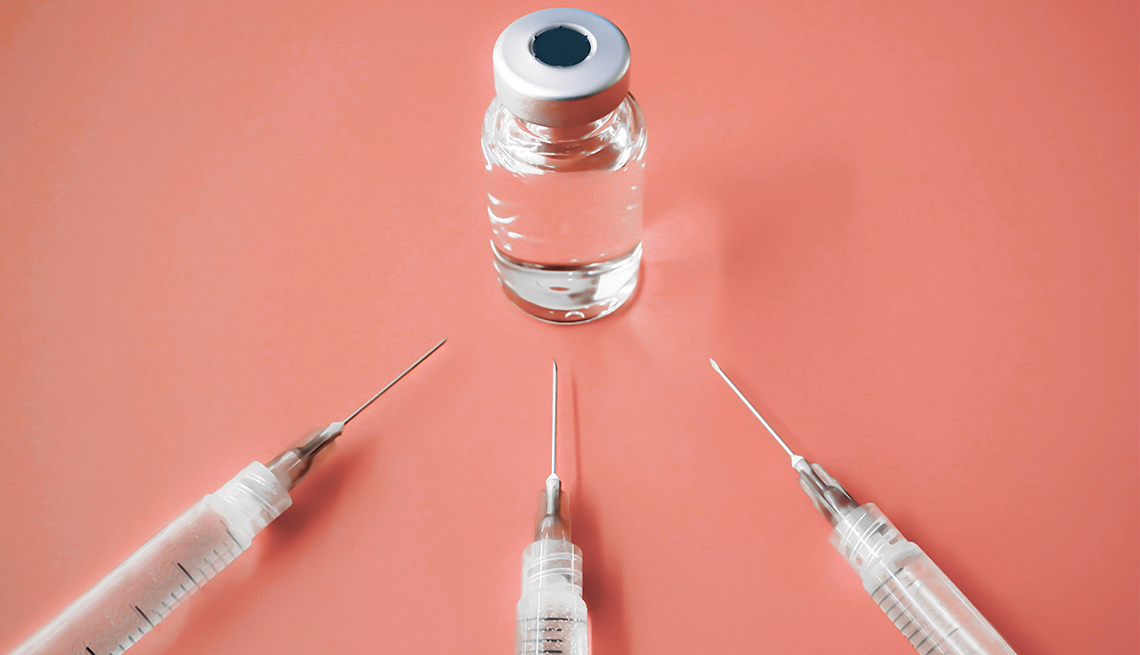
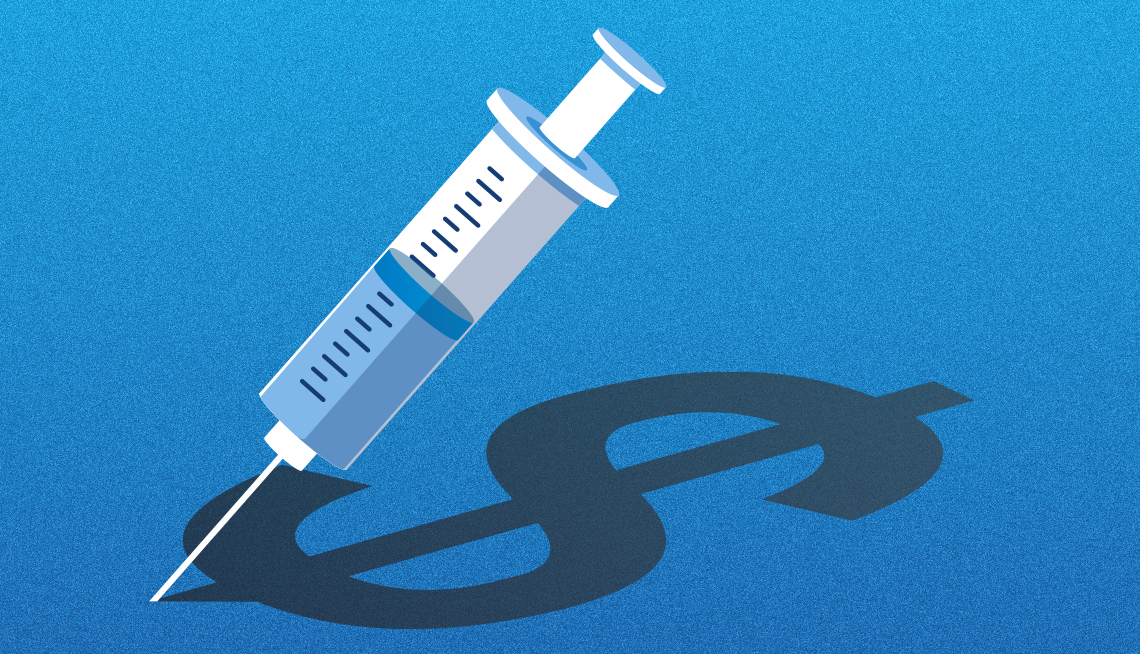
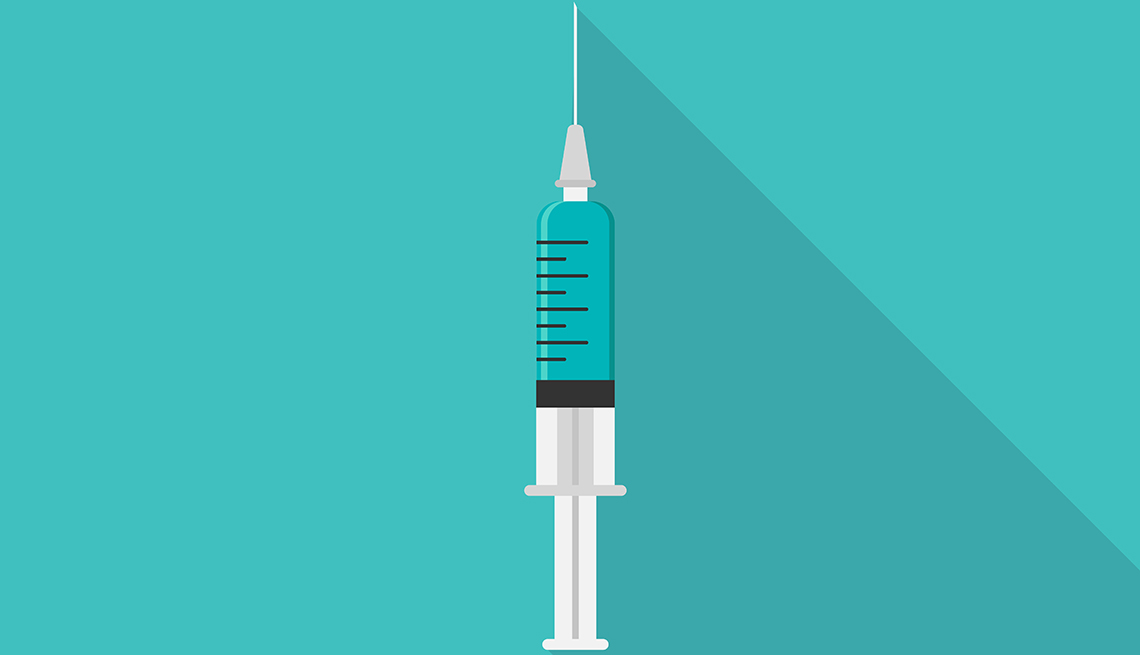
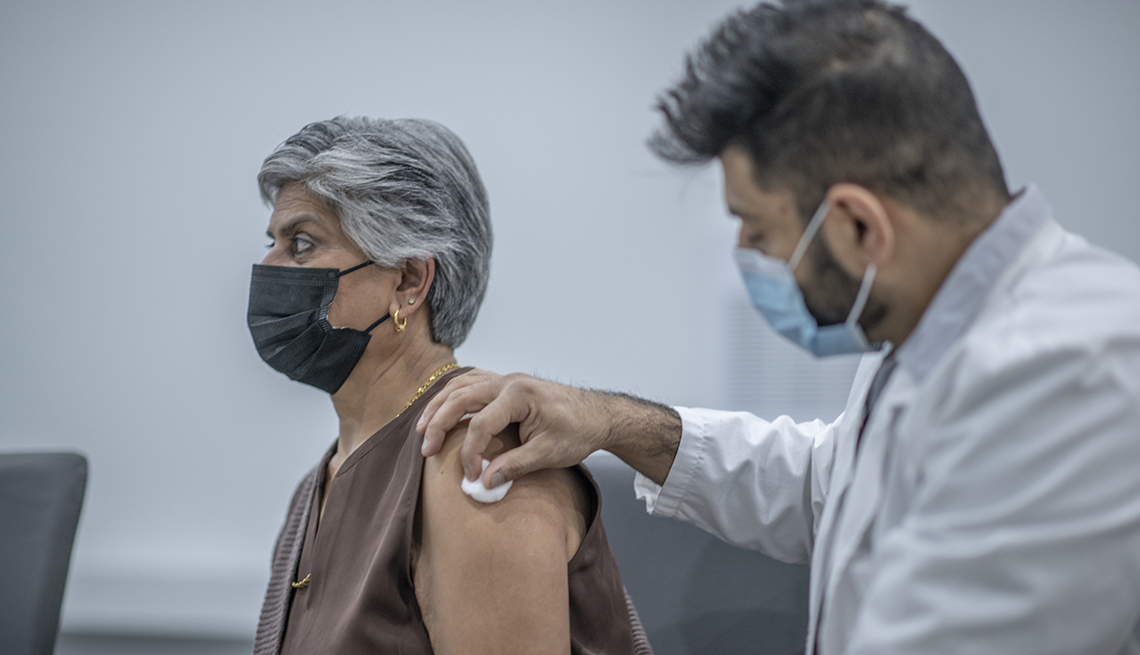
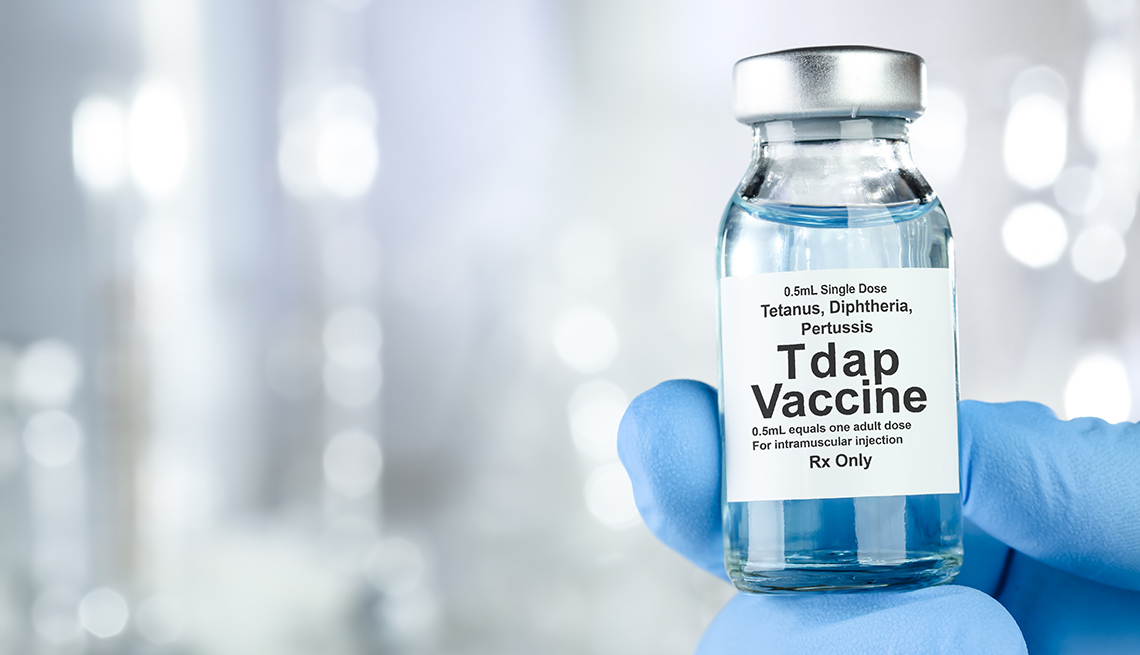




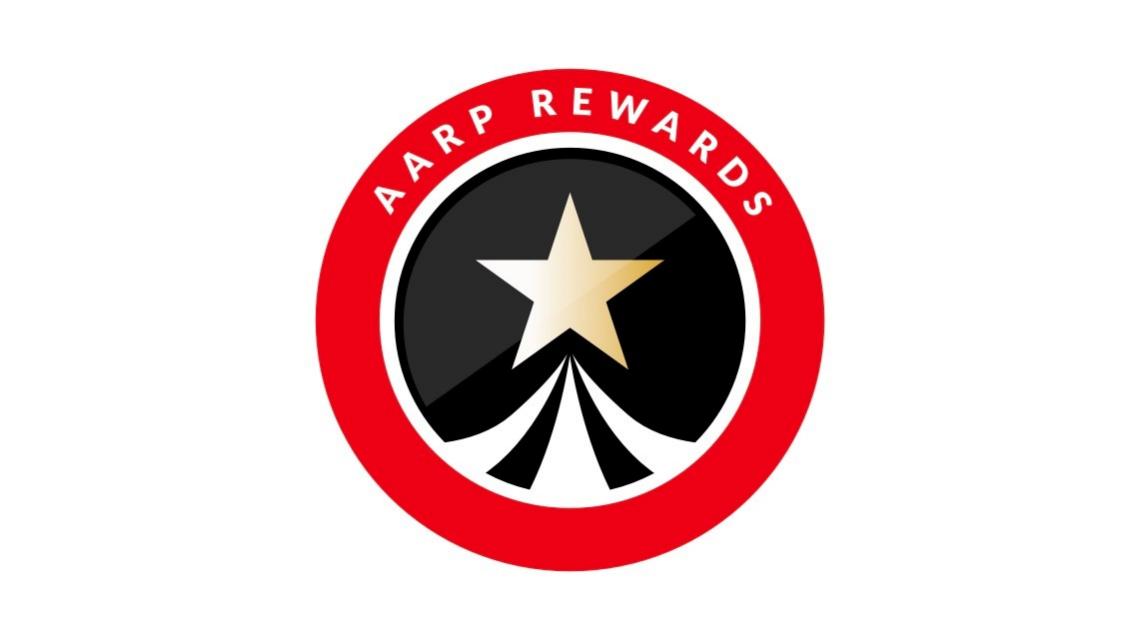



More on Health
What to Know About the 'Eris' COVID Variant
The omicron spinoff is now the dominant strain
8 Superfoods for Your Immune System
Add these protective powerhouses to your diet to get ready for cold and flu season … and beyondWhat You Need to Know About the Coronavirus
The latest news on COVID-19 and answers to frequently asked questions